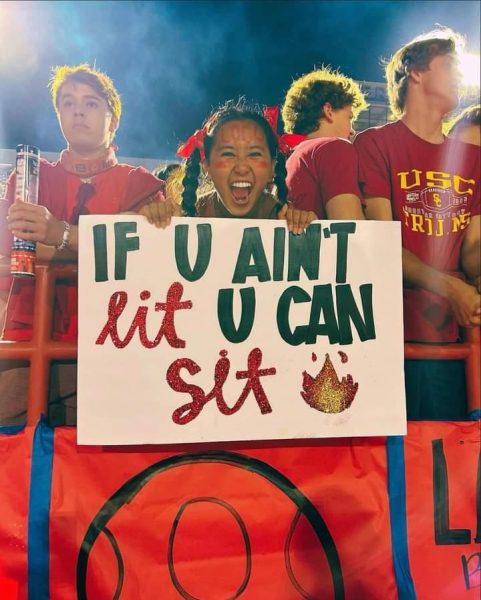The Hippo Crisis in Columbia
Hippos in Columbia come to show the extent to which the drug trade has expanded.
A photo of a hippo from San Diego Zoo (Not from Columbia.)
May 15, 2023
Hippos in Columbia?
LOS ALAMITOS, CA — In Columbia, close to 160 hippos have been populating the local environment since the 1980s. They have ravaged the Columbian landscape by eating agriculture on farmland and affecting oxygen levels in the rivers with their feces. Fish life cannot survive in these altered conditions and marine life is greatly affected as a result. The Columbian government is attempting to relocate these hippos to certain sanctuaries in Mexico or India in a 3.5-million-dollar plan.
“Sending the hippos back to Africa risked doing more harm than good, for both the hippos themselves and the local ecosystem,” said María Ángela Echeverry, professor of Biology at Javeriana University.
Now, where did these hippos come from?
They were none other than Pablo Escobar’s pets. They were a product of his drug escapades and what started from three exotic hippos on his land, turned into something rivaling an invasive species. In the grand scheme of things, these hippos mean very little to the war on drugs. However, they serve to represent how drugs have a lasting impact that can still be felt in our modern-day society.
Drugs in Columbia
In recent years, there has been a massive increase in cocaine production in Columbia.
According to the United Nations Office on Drugs and Crime, the country is responsible for around 70% of the 18 million cocaine in circulation worldwide, with around 5 million users from the United States alone.
One effort to combat the prevalent drug issue was Plan Columbia, introduced in 2000 by President Bill Clinton. The plan’s main objective was to give foreign aid to Columbia in order to maintain peace and help combat the proliferation of narcotics like cocaine.
“Since Plan Colombia began, homicides in Colombia have been cut in half, while kidnappings and terrorist attacks have declined by 90%” according to USGLC.
Despite these successes, the market for cocaine has boomed in recent years and shows very little signs of stopping. Its influence is bleeding into the United States. These rises in supply and demand can be traced back to their roots residing in the hands of Pablo Escobar.
How it affects us
Cocaine is currently the third most used drug in the state of California. Most of it comes from Mexico, but the sources from Mexico get their cocaine from the farms in Columbia where they were created. With rising levels of drug abuse, comes rising levels of overdose. And although cocaine is less prevalent in the younger population, it is still essential to recognize the grip it has on Californian people as a whole.













Isabella Gasper • May 19, 2023 at 9:22 pm
This is insane! I had no clue hippos were hand in hand with drug escapades. Such a great article to raise awareness about this information.